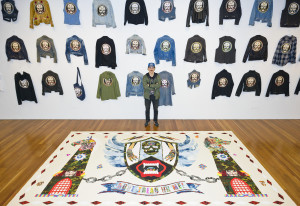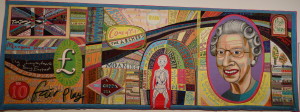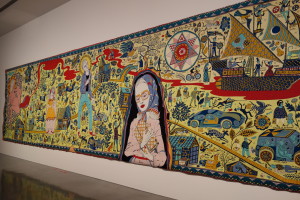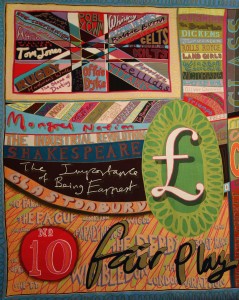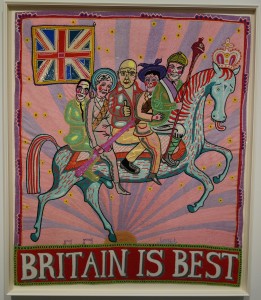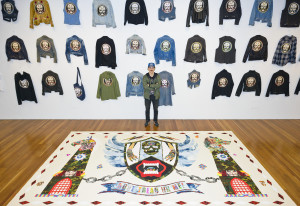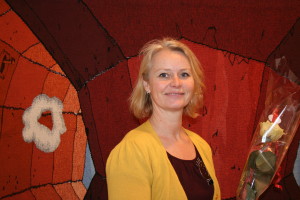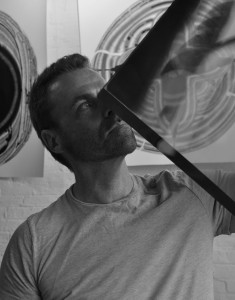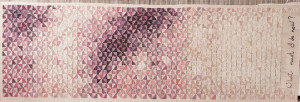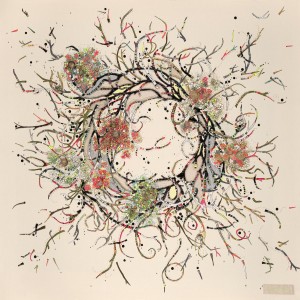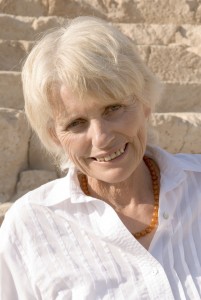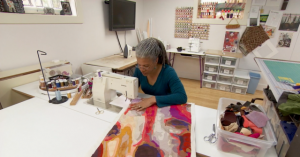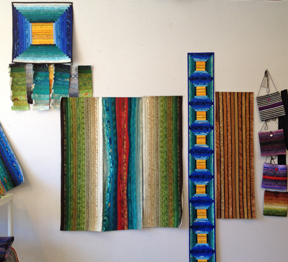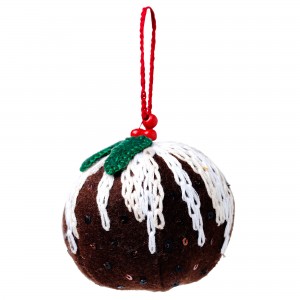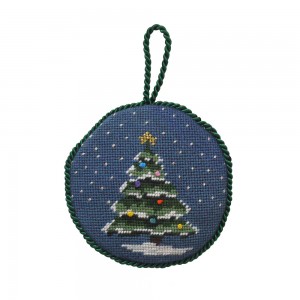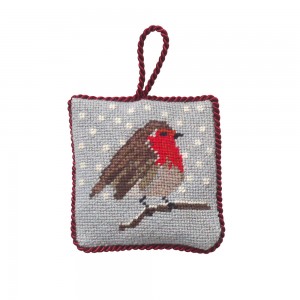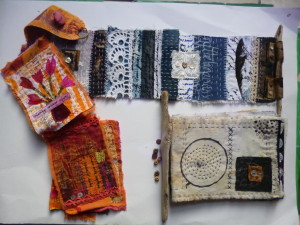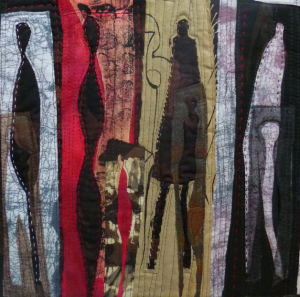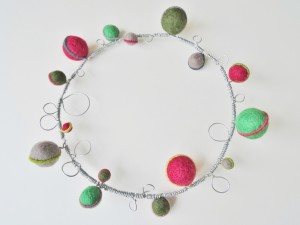January 18, 2016
In
Uncategorized
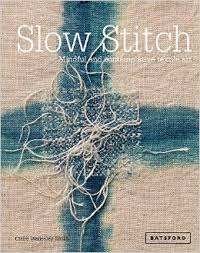
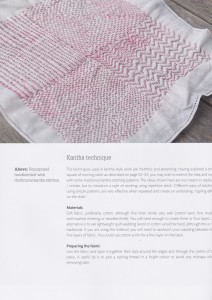
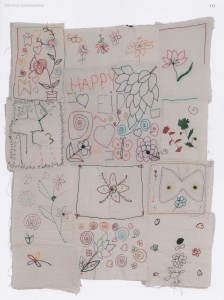
Let’s face it, textiles isn’t the fastest form of creativity so when I read ‘Slow Stitch: Mindful and Contemplative Textile Art,’ by Claire Wellesley-Smith I was quite intrigued about what angle it would take. It begins by explaining the origins of the Slow Movement which started in the mid 1980s as a reaction to multi-national fast-food companies. It then spread to different genres and as Claire sums up it is ‘doing everything as well as possible, instead of as fast as possible.’ This rings true with most people who enjoy textiles and so starts an enjoyable book.
As well as looking at materials and techniques it touches on the history of textiles, illustrating projects and different techniques including Kantha (a quilting technique found in India, Pakistan and Bangladesh) and Piecing and Patching (with a back to basics Log-cabin patchwork project). Including work by contemporary textile artists scattered throughout there is also a how- to section on beginning a stitch journal so there is plenty to inspire.
If you’re looking for something bold and colourful with a contemporary edge, this isn’t the book for you. However, for a book to make you stop and think, and learn about different cultural techniques as well as projects to follow, you can’t go wrong.
For more information visit www.batsford.com



